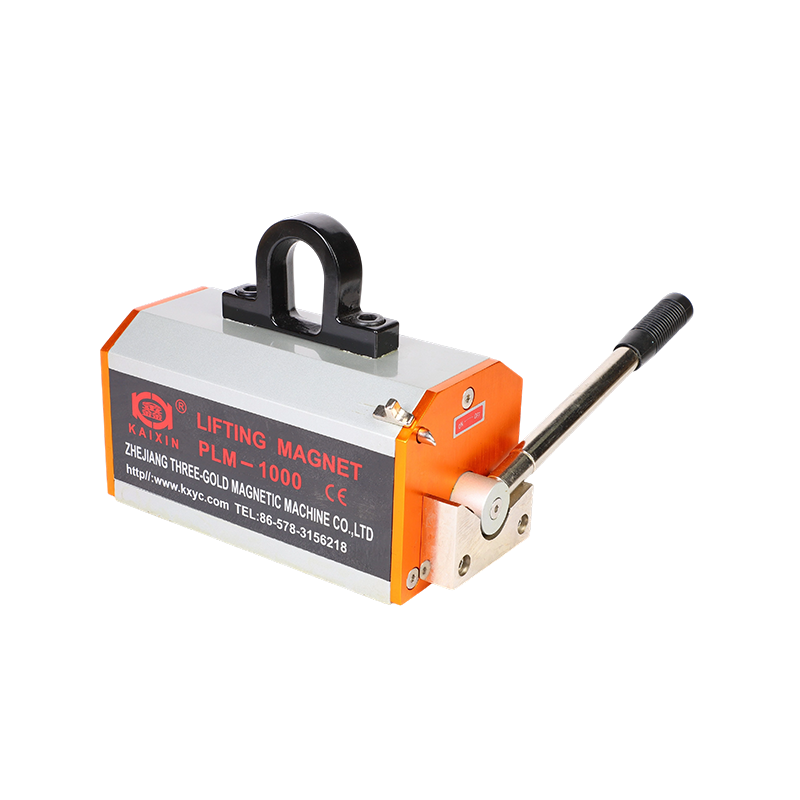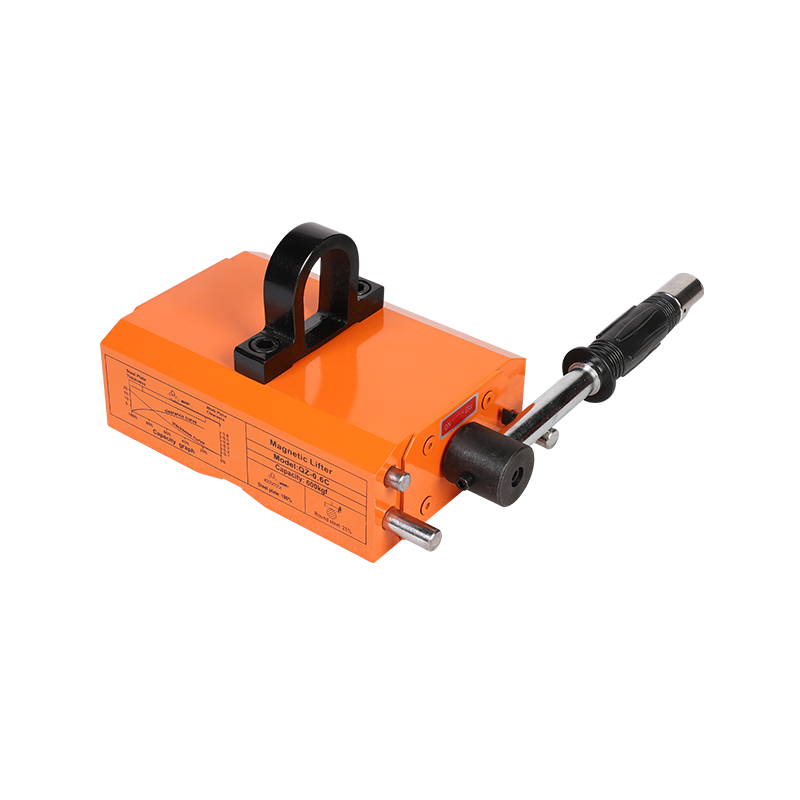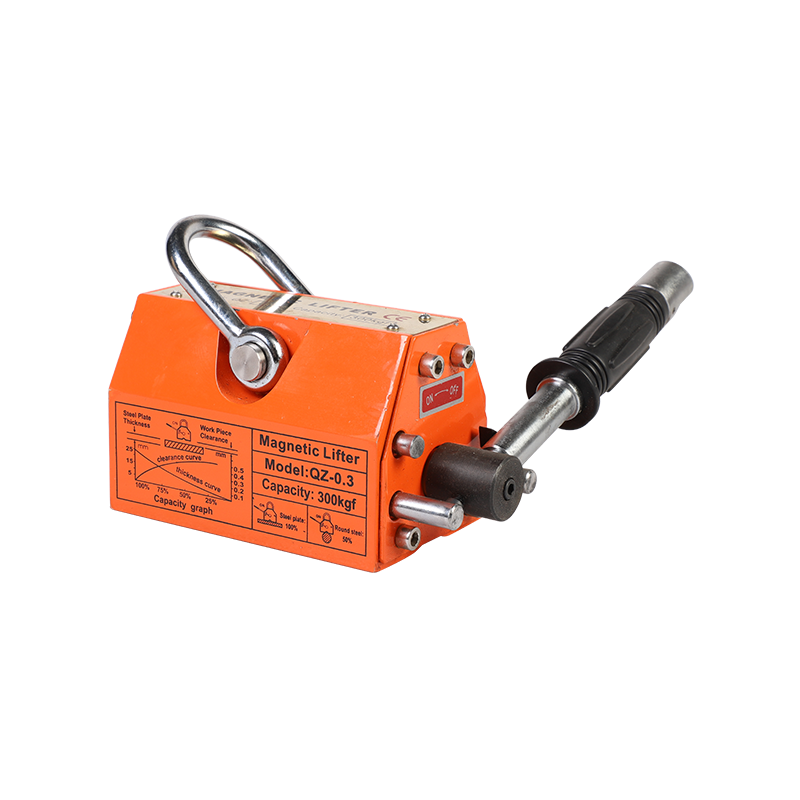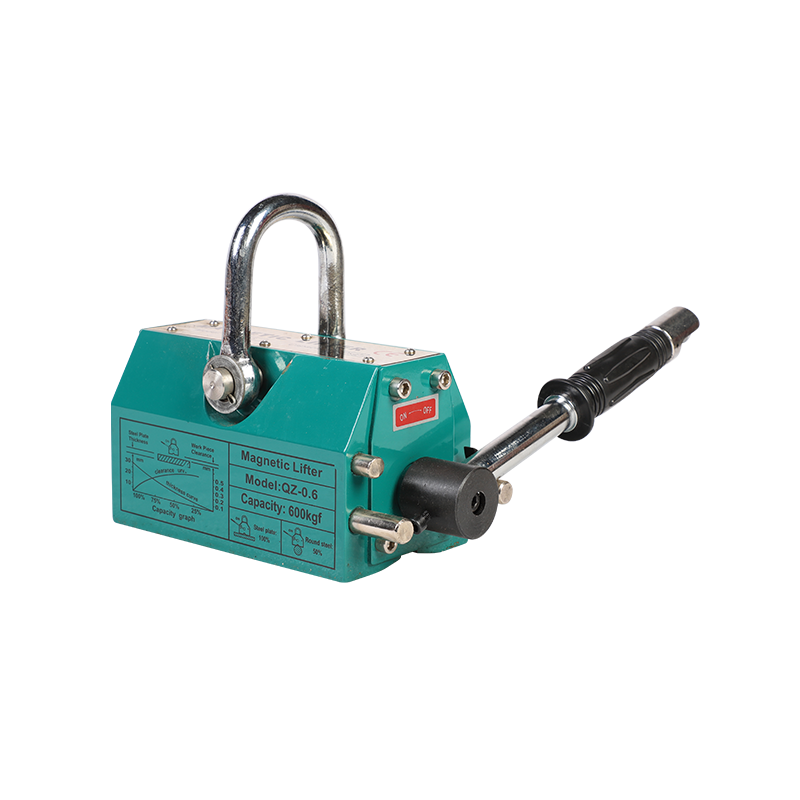Permanent Magnetic Lifter is widely used in industrial applications for lifting and handling large ferromagnetic materials such as steel plates, sheets, and blocks. One critical factor for safe and efficient operation is whether the magnetic force is distributed evenly across the contact area when handling large metal plates. Uneven force distribution can result in slippage, bending of the material, or reduced lifting capacity. Understanding how design, load geometry, and surface conditions affect force distribution is essential for operators and engineers.
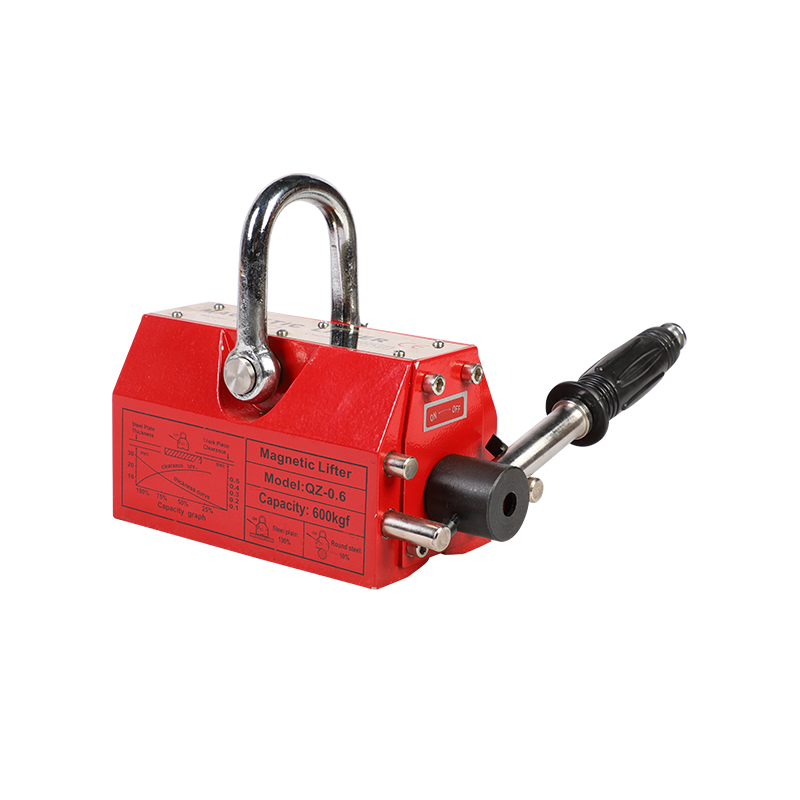
Mechanism of Magnetic Force Distribution
The Permanent Magnetic Lifter relies on a magnetic field generated by the internal permanent magnets to attach securely to ferromagnetic surfaces. When the contact area is smaller than the load or when the load surface is uneven, the magnetic field may concentrate in specific regions, creating areas of high force while leaving other areas underutilized. Properly designed lifters include multiple magnets arranged to improve coverage and provide more uniform force distribution. The goal is to ensure that the entire surface of the large metal plate experiences consistent attraction to maintain stability during lifting.
Factors Influencing Even Contact
Several factors determine whether a Permanent Magnetic Lifter distributes force evenly on a large metal plate. The surface flatness of the plate is critical. Warped, bent, or uneven surfaces reduce contact area and cause localized stress points. Second, the thickness and material properties of the plate influence how magnetic forces are transmitted across the surface. Thicker plates generally allow for better magnetic adhesion, whereas thinner plates may bend or flex under localized force. Third, the lifter design, including the number and arrangement of magnets and the size of the contact pads, plays a major role in achieving even force distribution.
Impact of Uneven Force on Safety and Efficiency
Uneven magnetic force during lifting can pose safety hazards. Localized high-stress areas may cause deformation of the plate or sudden slippage, potentially causing accidents or material damage. Additionally, uneven distribution reduces the effective lifting capacity, requiring operators to lift loads more slowly or to use multiple lifters to achieve stability. Understanding the importance of uniform force ensures that operators take the necessary precautions, including selecting the correct lifter size, aligning the lifter properly, and inspecting both the lifter and the load before use.
Design Considerations for Large Plates
Manufacturers of Permanent Magnetic Lifters incorporate several design strategies to ensure even force distribution when handling large plates. This includes using multiple magnet segments arranged in patterns that distribute magnetic attraction evenly, employing high-strength magnets with uniform field output, and providing adjustable lifter bases to adapt to variations in load geometry. Some advanced models include indicators or sensors that confirm full contact and suitable adhesion before lifting, improving both safety and efficiency.
Maintenance and Operational Practices
Proper maintenance and operational procedures are essential to maintain even force distribution. The lifter’s contact surfaces should be cleaned regularly to remove dust, rust, or debris that can reduce the effective contact area. Inspecting for wear or damage to the magnets and mechanical components helps ensure consistent performance. During lifting, operators should carefully align the lifter with the plate and avoid partial engagement, which could cause uneven forces and compromise safety.
Achieving Safe and Uniform Lifting
Ensuring even force distribution when using a Permanent Magnetic Lifter on large metal plates is vital for safety, efficiency, and material protection. Factors such as surface flatness, plate thickness, lifter design, and proper operational practices all contribute to achieving uniform adhesion. By selecting appropriately designed lifters, aligning loads correctly, and maintaining equipment properly, operators can lift large metal plates safely and reliably while reducing the risk of slippage or deformation.
